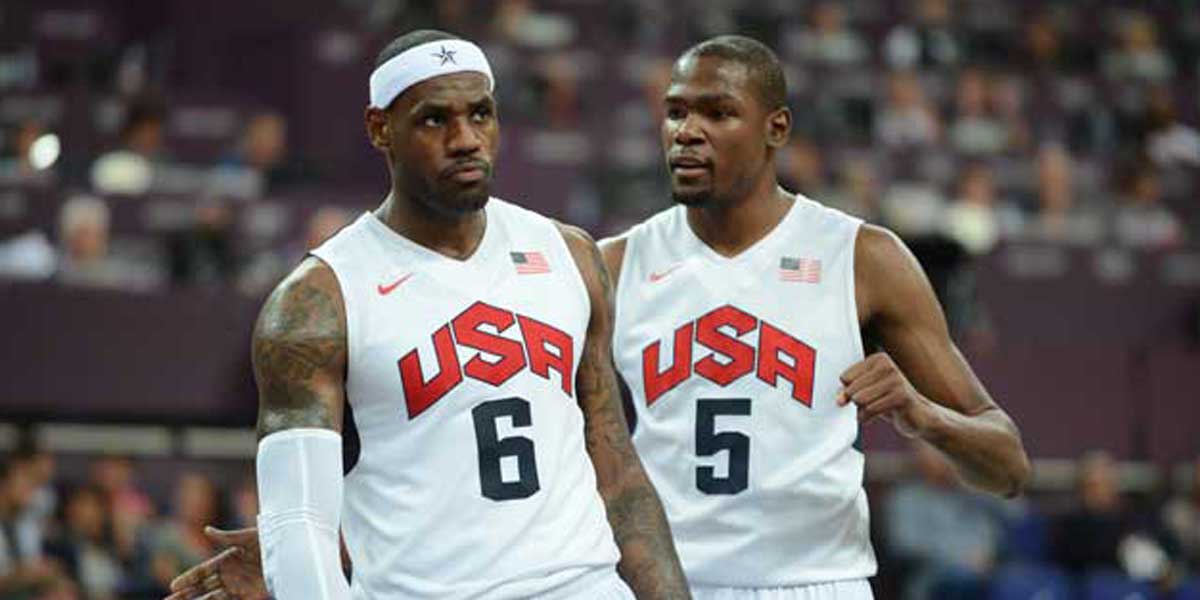![]() By: Reyshimar Arguelles
By: Reyshimar Arguelles
WHEN Mortal Kombat was first released 27 years ago, it shocked the supposedly morally-upright men and women of the US congress with its realistic depictions of gore. The video game was notorious for its Fatality system allowing players to finish off their opponents in the most brutal manner. One example of a Fatality has the character Sub-Zero ripping another character’s head off, with the bloody spinal column still attached to it.
Prior to Mortal Kombat, however, games such as Custer’s Revenge and Death Race were admonished for their graphic violence and sexuality. But it was not until the use of photorealistic characters in Mortal Kombat that there was a need for the government to step up its drive to protect public morals.
Politicians and parents were so appalled by Mortal Kombat’s gameplay that the Entertainment Software Ratings Board was established. Its main function is to create a rating system that parents can use as a reference to determine which video games are safe for their children based on their children’s ages.
The board’s intent is as clear as day. The ESRB was supposed to protect children from being exposed to graphic content. However, the problem with the ESRB was that it trusts parents to make “informed decisions “on behalf of their kids. In other words, achieving the ESRB’s goals is the sole responsibility of parents.
The debate over the supposed influence of video games continues to rage on. The United States has been looking at this issue with special interest but with little regard for actual evidence that shows a link between video games and violent behavior. Politicians point to several of their most favorite events that add value to their side of the debate, especially after the Columbine High School Massacre of 1999 when students Eric Harris and Dylan Klebold killed 12 fellow students and a teacher before ending their own lives.
Harris and Klebold were big fans of Doom and Postal, two video games which were both put on the hot seat by parents. In fact, the parents of the victims launched a lawsuit against 23 video game manufacturers. The lawsuit was eventually dismissed. But regardless of their video game addiction, politicians who followed the issue carefully have overlooked certain pieces of the puzzle. They continue to do so during subsequent massacres that followed.
The recent shooting at El Paso, Texas that killed 22 people has flared up yet another series of debates after President Donald Trump blamed “gruesome and deadly video games” for the carnage. Little focus has been placed on the tragedy as a hate crime against Hispanics and on the White House’s xenophobic tendencies. Also sidelined was the lack of gun control which has been the rebuttal of anti-gun activists.
Indeed, if politicians could reduce their biases a notch lower, they could help with crafting laws that really solve the problem instead of providing band-aid solutions that do nothing but sustain the culture of violence, and not only in the United States. Japan, for one, has always been an important player in the video games industry, with gory titles such as Resident Evil, Silent Hill, and Corpse Party. Despite this, Japan has one of the lowest numbers of gun-related deaths in the world all thanks to strict gun laws and the culture itself.
Then again, there are numerous factors promoting violent behavior. Video games may or may not be one of these factors, but to insist on inconclusive statements only muddles up the issue even more.
For now, Mortal Kombat 11 has just been released this year. Politicians will have to choose whether to subscribe to the usual scapegoat or come up with better laws that provide better control over gun sales and, more importantly, violent extremism of any form.























